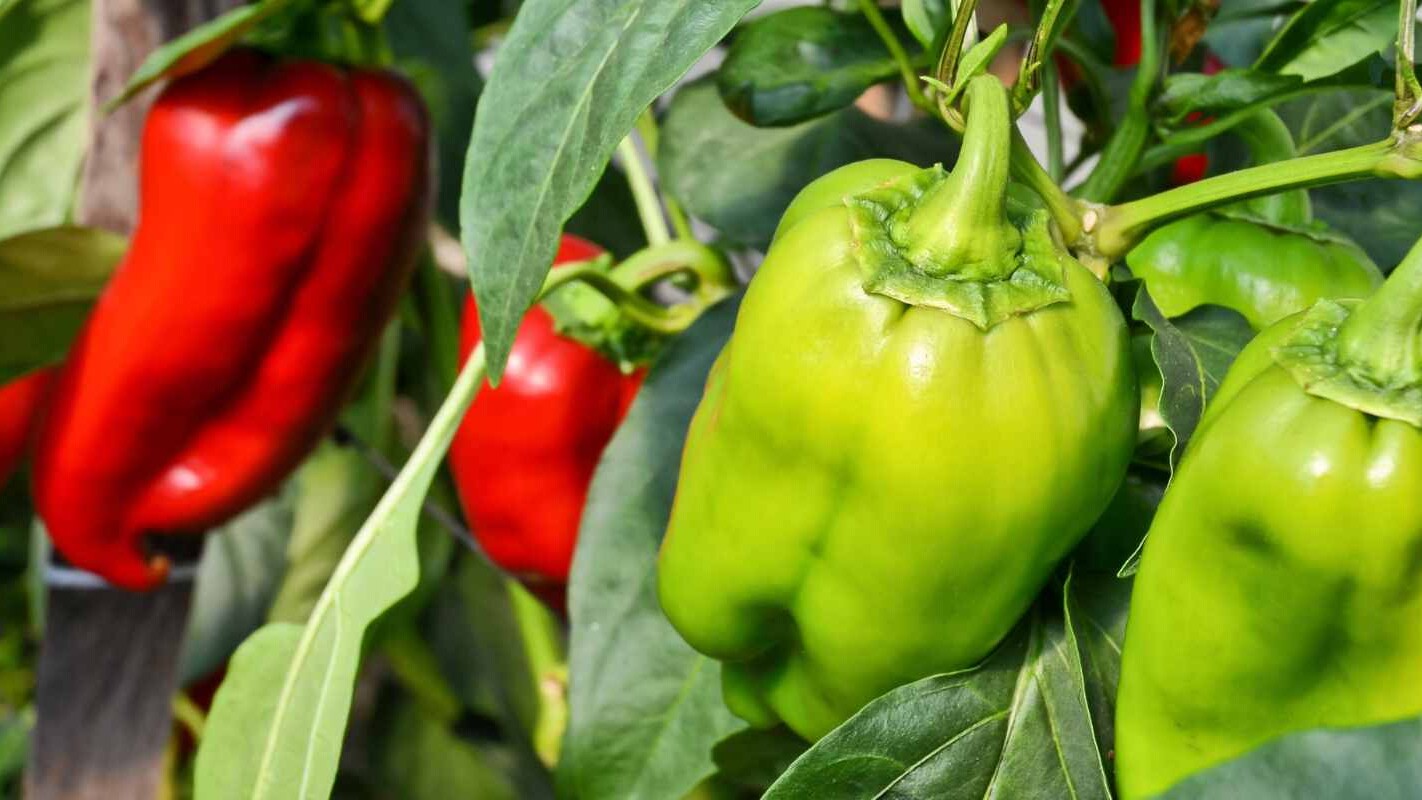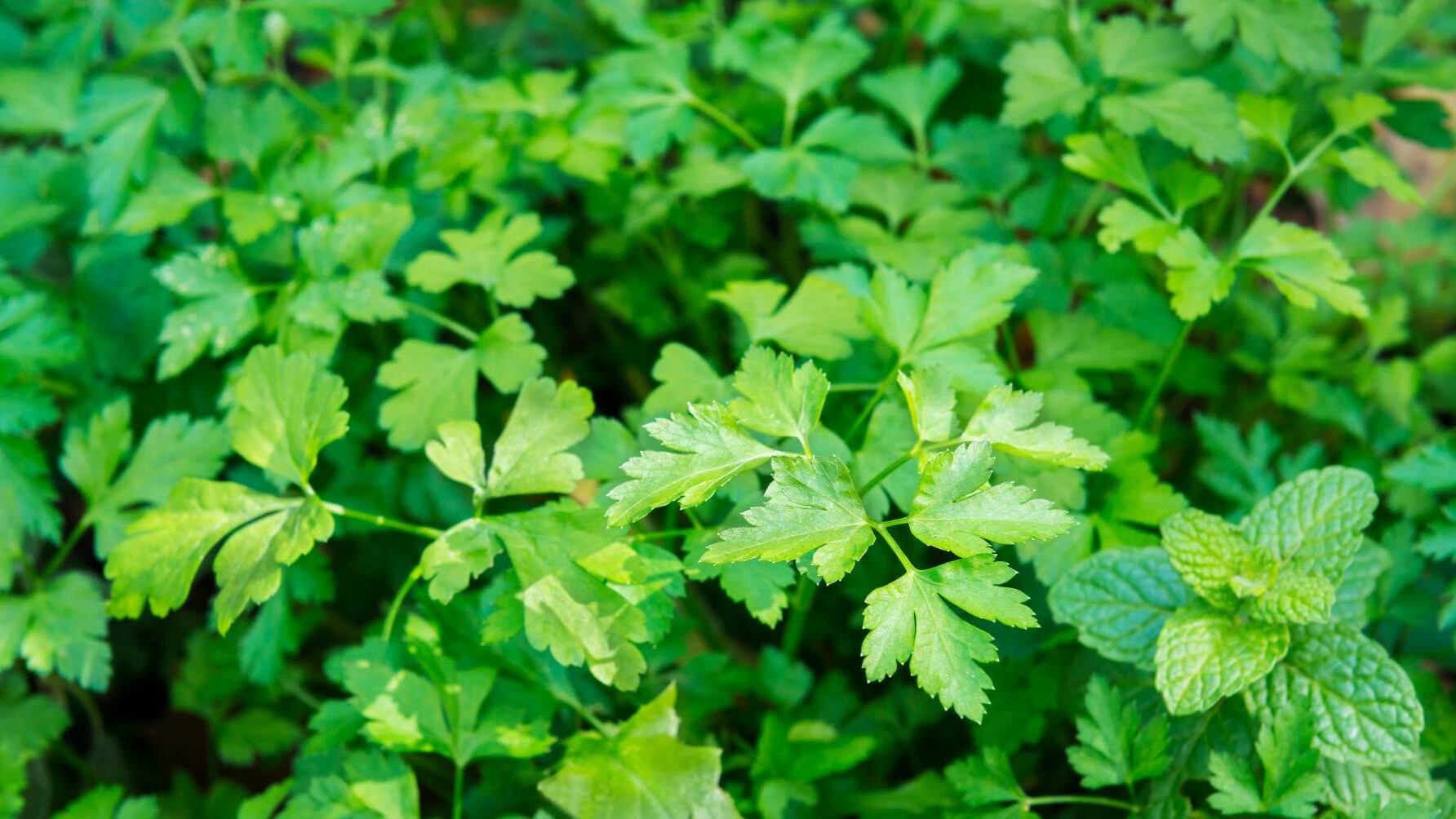Because it is warmer than summers 10 years ago, you might need to change what you normally do your garden. Maybe in February in your patch some of your summer crop is having a little bit of a last hoorah, you may find the tomatoes, eggplant and capsicum and still chugging along. In any case, it’s time to start thinking about preparing your garden for autumn planting. This month’s guide has loads of tips and ideas of what to do NOW that will ensure your patch is ready to go. Wait until the heat of the day is off and then spend some lovely time in the garden.
Weeding
Weeding is a great job to do at this time of year. Cut down the competition between your tasty treats and these space invaders, and tidy up your patch. It may sound tedious, but it’s incredibly rewarding!
Mulching
Top up the mulch on your vegetable patches, herb gardens and ornamental beds. This is especially important if you are heading away or caught up in the bustle of back to school. A hot summer tip is to mulch after watering the patch, to a depth of about 7cm. Keep mulch clear of plant stems, especially young seedlings. Choose sustainable, low environmental impact mulch (this means different things in different areas), one that will enrich your soil as it breaks down.
 Planning
Planning
Time to think about what wonders you will whack into your patch come April. Preparing beds and plots now means that when autumn planting time rolls around, your garden will be ready and waiting. Removing spent plants, clearing areas of weeds and topping up organic matter is an excellent February job. A nail rake, some good organic compost and lovely sustainable mulch is the perfect recipe for productive patches of the future.
Shade for your plants
On non-gardening days, why not head out to the shed, and construct a couple of shade cloth tents. They don’t have to elaborate, just a simple, moveable structure that you can pop over the top of some of the sun sensitive veggies (like eggplant, capsicum and others) as the heat becomes more intense. Pop these around where required, especially on high UV days, windy days, and during your holidays.
Watering
Water smarter at this time of year and always first thing in the morning. A nice, deep drink a couple of times a week is far more beneficial than frequent, short watering.
Green Manure
Consider a green manure crop to add some life and love to an overworked patch. At this time of year try lablab, cow pea, mung bean, soy bean and millet. This will improve your soil incredibly, and, for a bit of forward planning, you’ll find it well worth the effort!
Warm Areas
Frost free or occasional light frosts (North from about Coffs Harbour and all the way across to the west to Geraldton)
- Give leeks, capsicum, chillies, cabbage, silverbeet, lettuce, sweet corn, cauliflower, broccoli and tomatoes a go towards the end of the month.
- It’s too hot for most herbs, but you could try some lemongrass. Wait until the end of the month to plant some basil varieties, including our old favourite sweet basil, and the always-stunning purple basil.
- Want a super summer smoothie… for years to come? Then plant some banana, pineapple and mangos!
- Pretty up the patch with some marigolds and sunflowers. Planting these around your veggies will give some colour and interest to the patch, and act as beneficial insect attractors.
- The recent heat in the warm areas may have caused a bit of grief to many plants in the garden, with some foliage looking less than fancy. Don’t be too tempted to tidy these guys just yet – cruddy looking leaves will protect the new, young, sensitive shoots underneath from a serious case of sunburn. Wait until the evenings cool down in about a month or so to get your Edward Scissorhands to your scorched shrubs.
Cool to Cold Areas
Low temperatures for extended periods of time (all of Tasmania, most of Victoria, the southern highlands of NSW, the ACT and a tiny southern bit of SA)
- It is still fairly warm around these parts, but there are a number of incredible edibles ready to go in now. Try lettuce, spinach, leek, silverbeet, and some Asian greens towards the tail end of the month. Broccoli, leeks and spring onions could be worth a shot when the nights get cooler.
- Add some colour and movement to the patch, and pop in some of these little pretties: stock, dianthus, viola, pansy, verbena and ageratum.
- Give most herbs a miss just now, but, if you’re really keen, get rolling with parsley and watercress.
- Garlic is good to go once the weather cools a touch.
- Top up mulch on your veggie patches, herb gardens and ornamental beds. A hot summer tip is to mulch after watering the patch, to a depth of about 7cm. Keep mulch clear of plant stems….especially young seedlings. Choose sustainable, low environmental impact mulch, one that will enrich your soil as it breaks down.
- Plants feel the need for a feed at this time of year. A seaweed tea or low environmental impact liquid fertiliser is perfect, especially for the seedlings shoved in at the tail end of last year. Apply to the soil early in the morning, and in the concentrations mentioned on the packet.
Temperate Zones
Occasional winter frosts (pretty much the rest of Australia, most of the inland, some areas of Victoria, most of SA and the southern area of WA)
- It’s still pretty warm outside, but there are some tasty treats you can plant out this month. Try silverbeet, leeks, spring onions, Brussels sprouts, bush beans, broccoli, cauliflower and celery… but wait until the end of the month.
- Lettuce is lovely at the end of February, but, because the days are still quite hot, consider popping the seedlings under some shade cloth, or a more established plant to protect its sensitive foliage form the sun. Even try growing in partial shade.
- Still too hot for most herbs but lemongrass will take the heat if planted out now. Basil is happy to go in now as well, so why not mix it up and try
some purple, Thai and lemon basils, as well as our old favourite, sweet basil.
- Why not try some lovely flowering stuff in your patch as well, like nasturtium, verbena, petunias and marigolds. These guys are great at attracting pollinators and beneficial insects to your patch, and they look great as well.
- Want to save some money? Avocados are relatively expensive at the moment, but in a few years time that won’t worry you. Towards the tail end of February try planting an avocado.
Of course, this is just a rough guide, and many of you will find your situation varies from the above listing, due to microclimates created in your garden, location in relation to your nearest major city, extremes of weather and garden type.
One thing that remains the same for all zones and regions is this: start out the year as you mean to go on, and give your patch some much-needed love. So, grab a cool beverage, slip, slop slap and spend some time under your favourite tree, admiring your patch!
Information sources:
Bagnall, Lyn, Easy organic gardening and moon planting, published by Scribe Publications, VIC.
McFarlane, Annette, Organic Vegetable Gardening, published by ABC Books, Sydney, NSW.
Photos:
Elaine Shallue – Basil and Zucchini
Related Articles:
January In Your Patch
Wondering what to do in January in your patch? What vegetables and herbs should you plant? It's the start of the New Year and whether it's time for a…
March In Your Patch
March is the month named after Mars, the Roman God of War. So March in your patch is an excellent time to wage war on it. Be it ripping out the…
Climate Resilient Gardening
Introduction Gardeners in Australia are facing a race against time as they experience the growing impact of climate change in their own gardens. The…
Strawberries
I adore strawberries (Fragaria sp.), and one of my earliest memories is a birthday cake absolutely heaving under the weight of a sack full of home…




